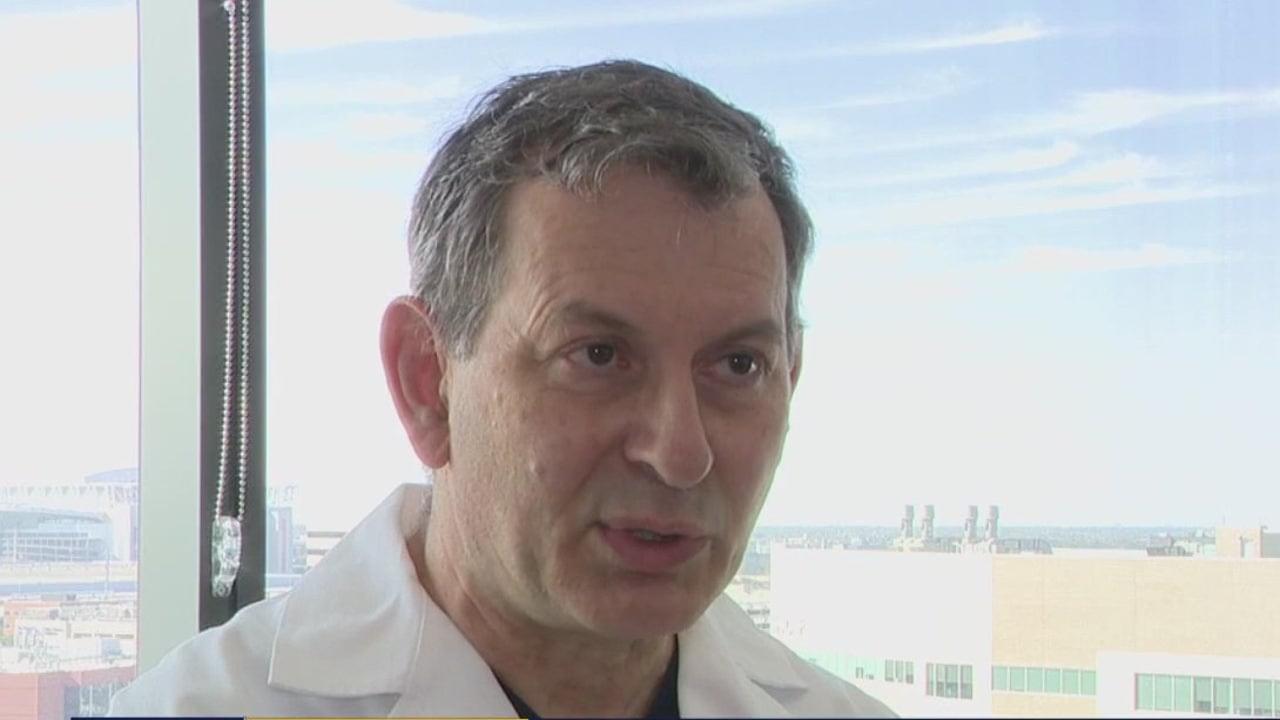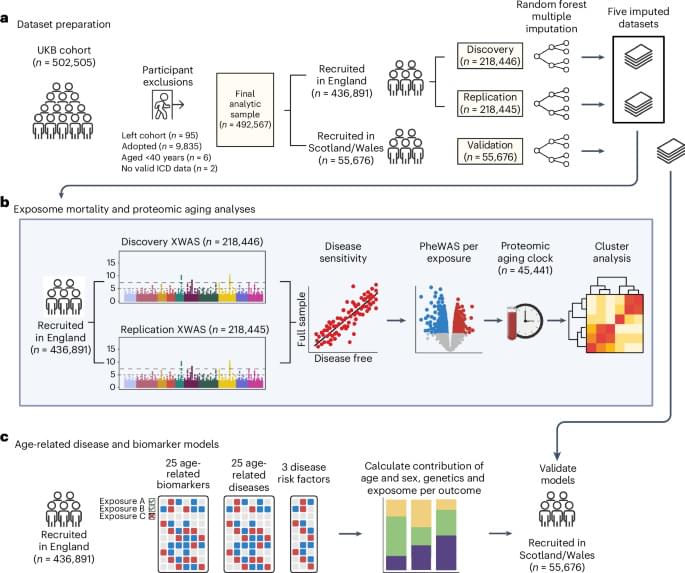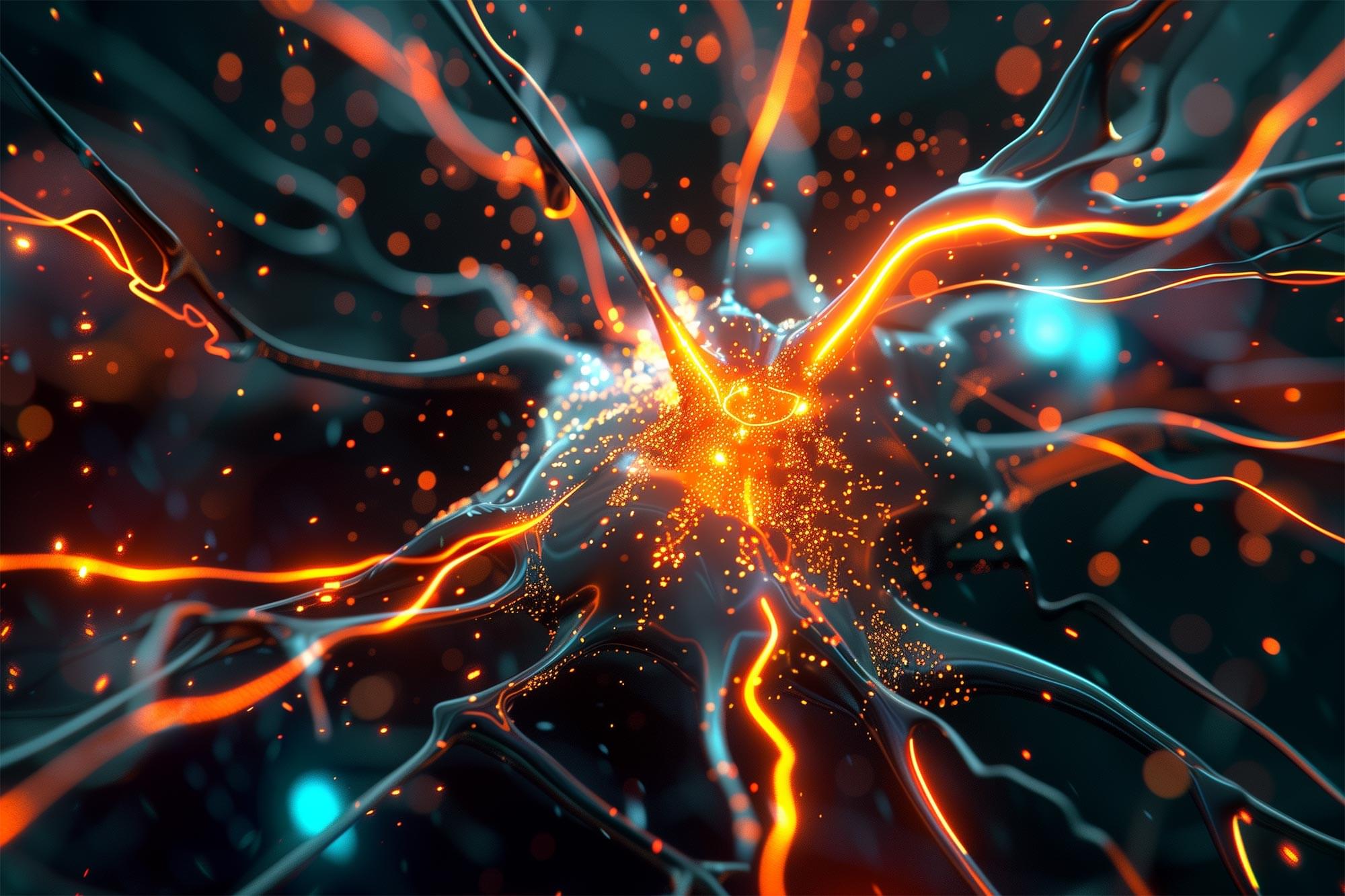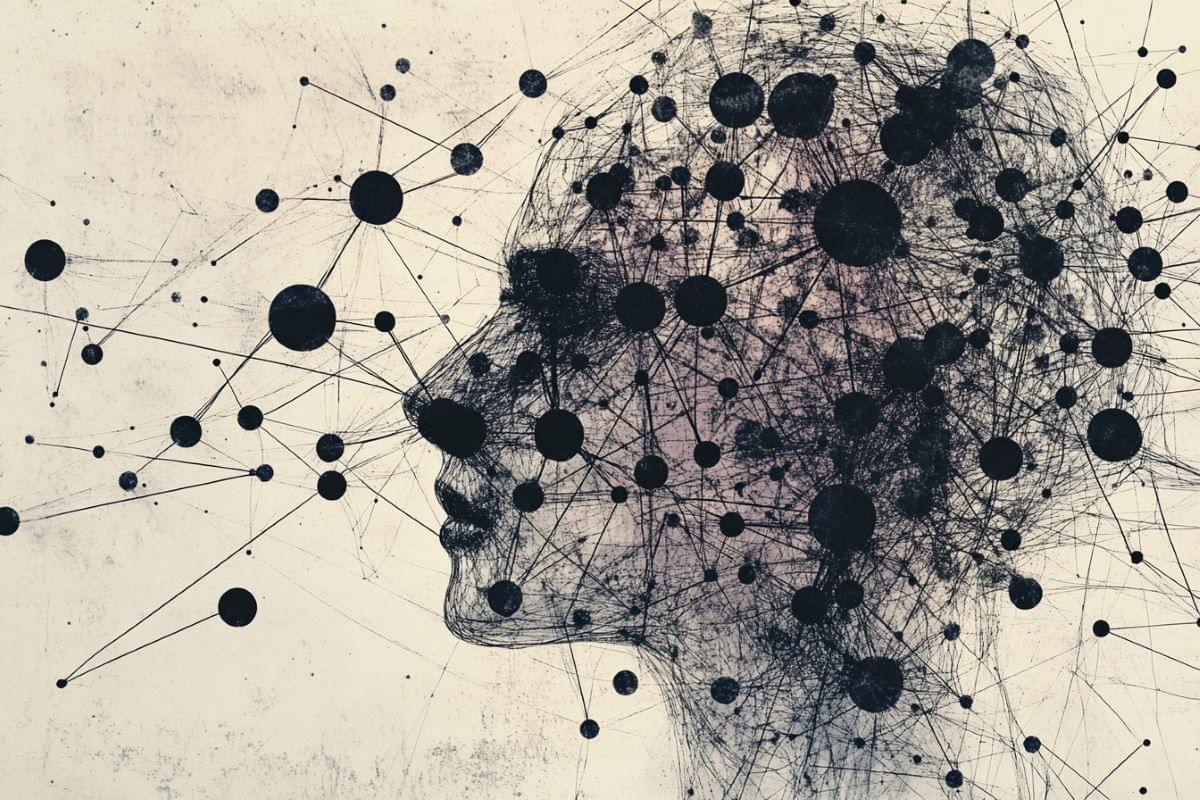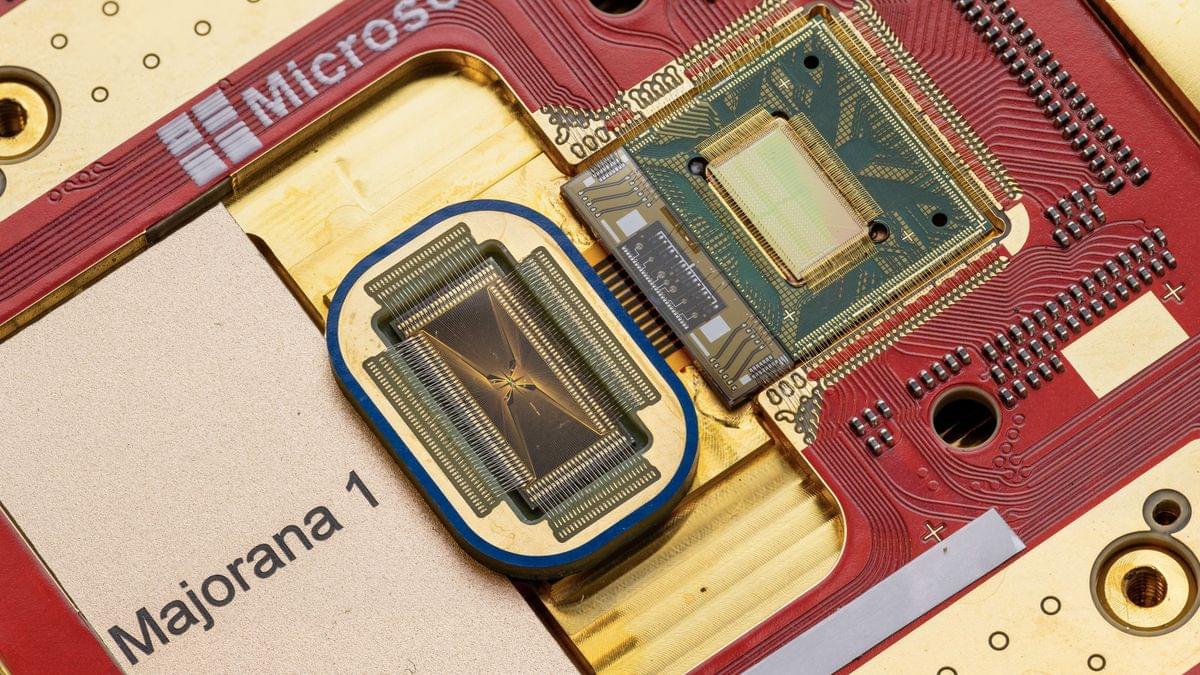What exercises can future astronauts on long-term missions to the Moon or Mars conduct to help mitigate the effects of cartilage damage resulting from microgravity? This is what a recent study published in npj Microgravity hopes to address as an international team of researchers investigated the health benefits of future astronauts performing jumping workouts during long-duration space missions. This study holds the potential to help astronauts, mission planners, and the public better understand the risks and strategies for long-duration space missions, especially as human exploration expands to the Moon and Mars.
“Think about sending somebody on a trip to Mars, they get there, and they can’t walk because they developed osteoarthritis of the knees or the hips and their joints don’t function,” said Dr. Marco Chiaberge, who is a research scientist at Johns Hopkins University and lead author of the study. “Astronauts also perform spacewalks often. They serviced the Hubble Space Telescope five times, and in the future, they will need to spend more time in space and the Moon, where we will build larger telescopes to explore the universe and where they will need to stay as healthy as possible.”
For the study, the researchers conducted a nine-week study with mice to ascertain the benefits of jumping exercises three times a week compared to limited movement regarding cartilage growth and sustainability. In the end, the researchers found that not only did the mice who participated in jumping exercises exhibit a 26 percent increase in cartilage compared to 14 percent reduction for the non-movement mice, but the jumping mice also displayed 110 percent thicker cartilage. Additionally, the jumping mice were found to exhibit 15 percent greater bone mineral density due to the jumping exercises.




